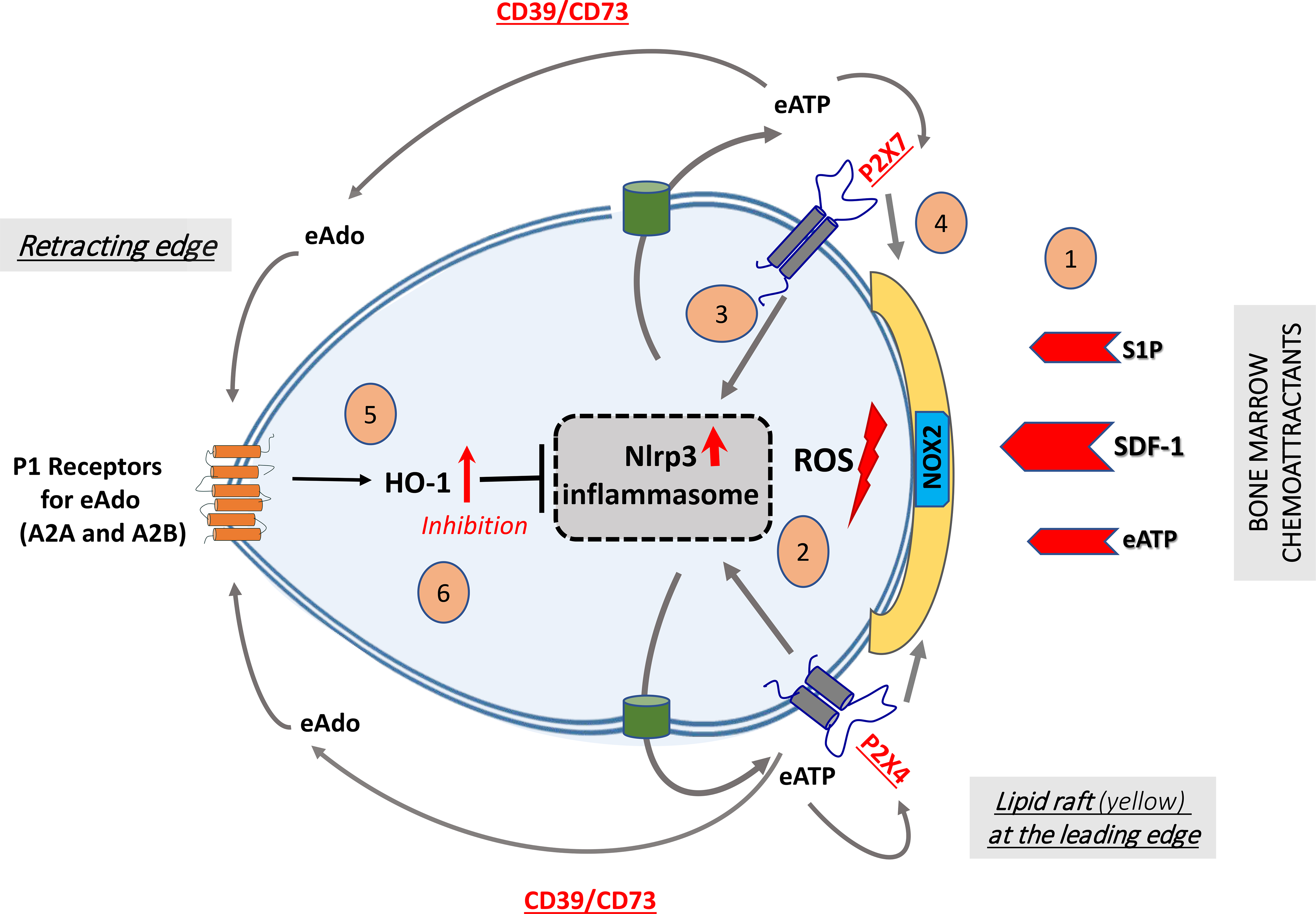Figure 3. Cell migration-promoting mechanisms at the leading surface/edge and negative feedback mechanisms at the retracting surface/edge of migrating HSPCs.

We propose that, in response to BM chemoattractants, HSPCs activate Nox2 (shown as a green box in a membrane lipid raft [MLR], depicted in yellow), which is an MLR-associated enzyme and a source of ROS [1]. ROS activates the Nlrp3 inflammasome [2], which releases ATP into the extracellular space surrounding HSPCs [3]. In a positive-feedback mechanism, extracellular ATP (eATP) activates the Nlrp3 inflammasome and MLR formation so that cells respond more robustly to BM chemoattractants [4]. In a negative-feedback mechanism, eATP is converted by the cell surface-expressed ectonucleotidases CD39 and CD73 into extracellular adenosine (eAdo), which, via the P1 receptors (A2a, A2b), activates heme oxygenase 1 (HO-1) [5], a negative regulator of the Nlrp3 inflammasome [6]. (Modified from ref. 128).
